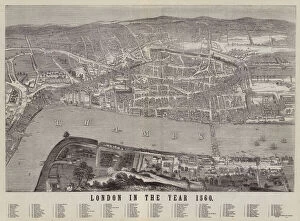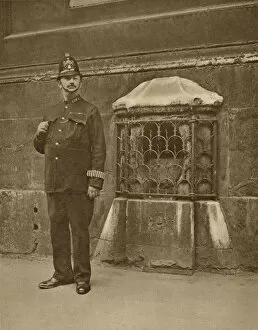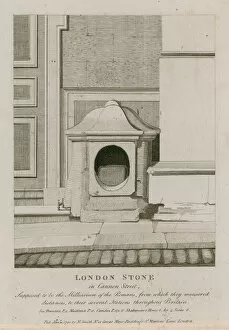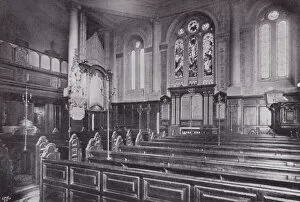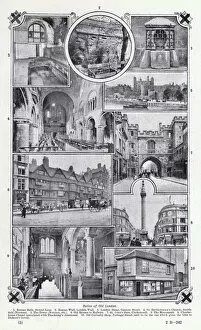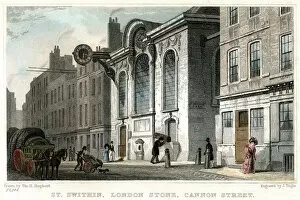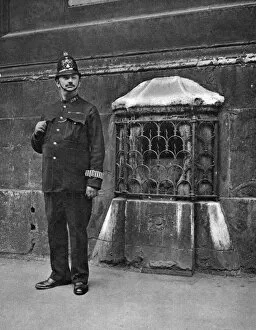London Stone Collection
"Unveiling the Enigma: London Stone and its Historic Significance" Step into the heart of Central London, where history whispers through the cobblestone streets
For sale as Licensed Images
Choose your image, Select your licence and Download the media
"Unveiling the Enigma: London Stone and its Historic Significance" Step into the heart of Central London, where history whispers through the cobblestone streets. Nestled near St Swithins Church in Cannon Street stands a mysterious relic that has captivated generations - the enigmatic London Stone. Dating back to at least 1560, according to an ancient engraving depicting bustling London life, this weathered stone is believed to be a milestone or Milliarium left behind by the Romans. Its significance cannot be overstated as it marks a pivotal point in the city's rich past. Numerous engravings throughout time have attempted to capture its essence. One such illustration titled "La Plus Vieille Pierre De Londres" showcases its stoic presence amidst City Improvements on Cannon Street. Another black and white photograph highlights how this enduring artifact has puzzled antiquaries for centuries. Londoners hold their breath when gazing upon this historical gem. The engraving aptly named "The London Stone" depicts curious onlookers marveling at its mystery while standing beside St Swithin's Church, which guards it with unwavering devotion. Throughout history, various city churches have stood sentinel over this revered landmark. A monochromatic photo captures St Swithin by London Stone, showcasing how these two icons intertwine within the fabric of old London. As we delve deeper into relics of olden times, another black and white photograph reveals glimpses of daily life surrounding The Fire-Engine drawing goods on a truck near East India House and our elusive subject - London Stone itself. It serves as a reminder that even amidst progress and change, echoes from yesteryears persistently resonate within our modern metropolis. Trade cards further shed light on those who sought inspiration from this ancient cornerstone. Carpenters Benjamin and John Osgood immortalized their craft through an engraved trade card featuring none other than our beloved landmark - London Stone.


